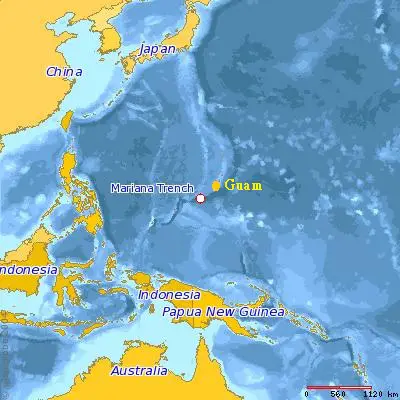The Maritime Minister, Nusrat Ghani, has set ambitious plans about designing zero-emission capable technologies for all new ships for UK waters ordered from 2025, to cut pollution from the country’s maritime sector. The commitment is published in the Clean Maritime Plan on 11 July. Also, the government is looking for the ways to incentivise the transition to zero-emission shipping and will consult on this next year.
Investment of £1 million competition has been included in the plan to find innovative ways for reducing maritime emissions and is published alongside a call for evidence to reduce emissions on UK waterways and domestic vessels.
The Clean Maritime Plan is part of the Government’s Clean Air Strategy. Its aim is to cut down air pollution across all sectors to protect public health and the environment. It will also help deliver the United Kingdom’s commitment to be net zero on greenhouse gases by 2050.
Maritime Minister Nusrat Ghani said: “Our maritime sector is vital to the success of the UK’s economy, but it must do everything it can to reduce emissions, improve air quality and tackle climate change. The Clean Maritime Plan sets an ambitious vision for the sector and opens up exciting opportunities for innovation. It will help make the UK a global hub for new green technologies in the maritime sector.”
Already the maritime sector has taken significant steps like, hybrid ferries are being used in UK waters, including in the Scottish islands and on cross-Solent journeys to the Isle of Wight to reduce emissions. The Port of London Authority, where the Maritime Minister launched the Plan today also uses hybrid vessels.
Sarah Kenny, Chief Executive of BMT Group and representing the Mari-UK consortium, said, “The Clean Maritime Plan is an important step towards achieving a zero-emission future for the UK. Getting to net zero will not be easy, but it will present significant opportunities as well as the obvious challenges for all parts of our £40bn maritime sector. Maritime is already the greenest way of moving freight, but we can and must do more to reduce emissions.
“The good news is that the UK is well-placed to not only decarbonise our own economy, but also to share our expertise and capability with the rest of the world as they, too, embark on this most global of missions. For the first time, companies and universities from across the country have come together to collaborate through MarRI-UK, accelerating the UK’s maritime technological capabilities, particularly on decarbonization. The key ingredient to realising our clean maritime ambitions is collaboration. Between companies, academia and with government. Today’s plan and government’s broader Maritime 2050 strategy, crafted with Maritime UK, provides a framework to do just that.”
The guidance has also been issued to ports to assist them in developing air quality strategies. This will both address their own operations and support improving air quality across the country.
Tim Morris, chief executive of the UK Major Ports Group and member of the Clean Maritime Council, said:
“The Clean Maritime Plan is a really valuable piece of work, setting out an ambitious path forward for the transformation of the maritime sector in the UK. It doesn’t shy away from the scale or complexity of the challenge of such a transformation. But it’s a transformation that the ports industry, along with the rest of the maritime sector and working in partnership with Government and other stakeholders, is determined to take on.”
Next year a further consultation to increase the uptake of low carbon fuels will also take place.
The Clean Maritime Plan is part of the government’s Maritime 2050, a long-term strategy published in January 2019 to keep the UK as a world leader in the maritime sector for decades to come.
Reference: prgloo.com
from WordPress https://www.maritimemanual.com/maritime-minister-sets-ambition-of-zero-emission-capable-ships-in-uk-waters-by-2025/

No comments:
Post a Comment